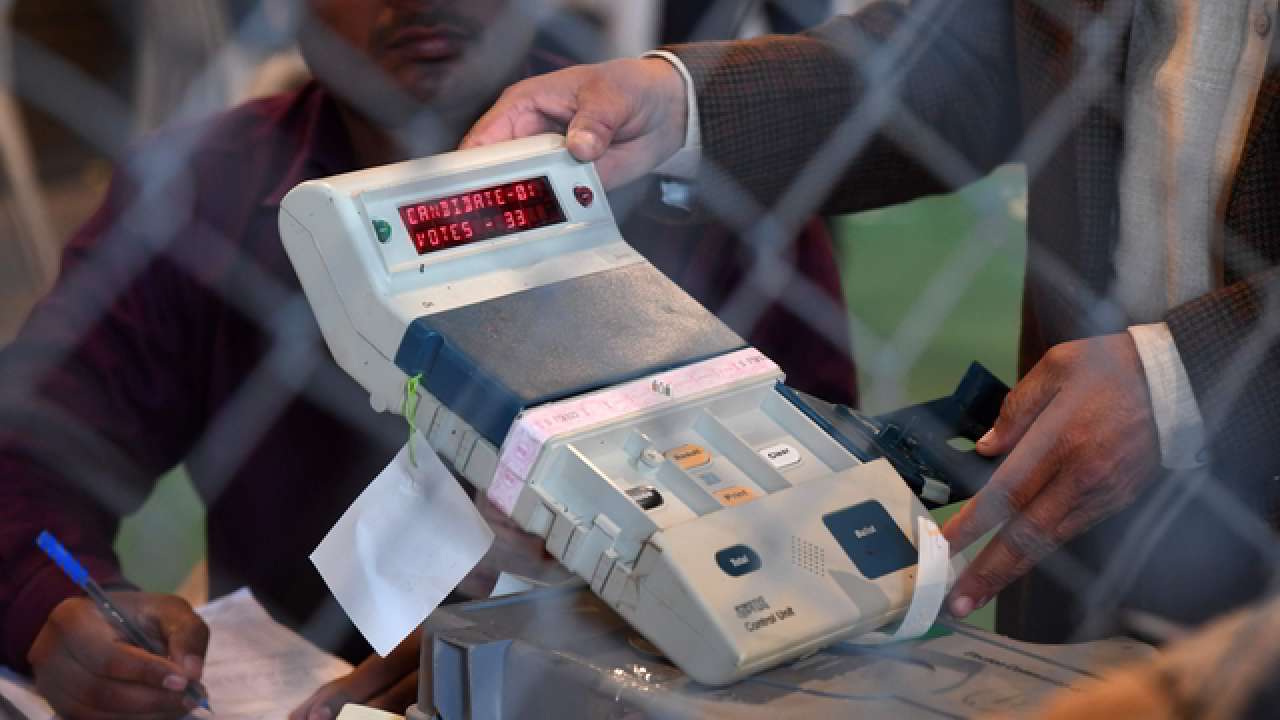
Explained: How SC’s order on VVPAT-EVM matching affects election results

The Supreme Court on April 8 directed the Election Commission (EC) to increase the tallying of VVPAT slips with EVM count from one to five polling stations per seat.
Until now, paper audit trail checks were done in only one polling station per assembly segment selected randomly by a draw of lots or lottery system. The VVPATs, however, are deployed in all the polling stations.
What are VVPAT machines?
The Voter Verified Paper Audit Trail is an independent verification machine that is attached to electronic voting machine (EVM). The machine allows voters to verify if their vote has gone to the intended candidate.
How does a VVPAT machine work?
When a voter presses a button in the EVM, the VVPAT first displays the poll symbol and name of the candidate that the voter has chosen. After seven seconds, the ballot slip cuts and drops in a box with a beep. A voter cannot take the VVPAT slip home.
The VVPAT machines can be accessed only by polling officers.
What does the SC order on VVPAT-EVM matching mean?
This means that EVM results will be randomly matched with paper trail machine slips in five polling stations per assembly seat in the Lok Sabha election 2019. The exercise will be held in 20,600 of 10.35 lakh polling stations in the Lok Sabha elections.
What will be its impact on the declaration of election results?
The VVPAT slip counting begins only after EVM votes for the concerned polling station have been tabulated. It takes about an hour for election officers to match VVPAT slips with EVM count in one polling station, as per EC’s submission in the Supreme Court recently. If we consider five polling stations, it would mean a delay of five hours.
“Though candidates come to know of the results after the EVM results are counted, the official declaration will be delayed by two to three hours,” a functionary told PTI.
He said if the ECI is able to deploy five separate teams for random matching, then there would not be much of a delay in announcing the results.
The EC is of the view that this will not have much bearing on official declaration of results.
Was VVPAT-EVM matching done in earlier elections?
The exercise of matching EVM results with paper trail machine slips was being held in various assembly elections. However, this is the first time it will be undertaken in the Lok Sabha polls.
Why is the VVPAT-EVM matching done in this Lok Sabha polls?
The Opposition parties have been protesting against EVMs without paper trail units. Some of them have alleged that these EVMs can be tampered with, thereby, affecting the election results. Twenty-one opposition leaders had filed a petition in the apex court to match 50 percent VVPAT slips of EVMs in the upcoming general elections.
A bench headed by Chief Justice Ranjan Gogoi, however, did not agree to the request on the ground that it will require huge manpower. And it may not be feasible in view of infrastructural difficulties.
Thus, the Supreme Court increased the matching of VVPAT slips with EVM to five polling stations to improve the credibility of the electoral process and provide better voter confidence.
Who were the petitioners?
The petitioners included TDP’s Chandrababu Naidu, NCP’s Sharad Chandra Pawar, Congress leader K C Venugopal, TMC leader Derek O’Brien, Sharad Yadav of the Loktantrik Janata Dal, SP leader Akhilesh Yadav, Satish Chandra Mishra of the BSP, DMK leader M K Stalin, AAP leader Arvind Kejriwal and National Congress leader Farooq Abdullah.


